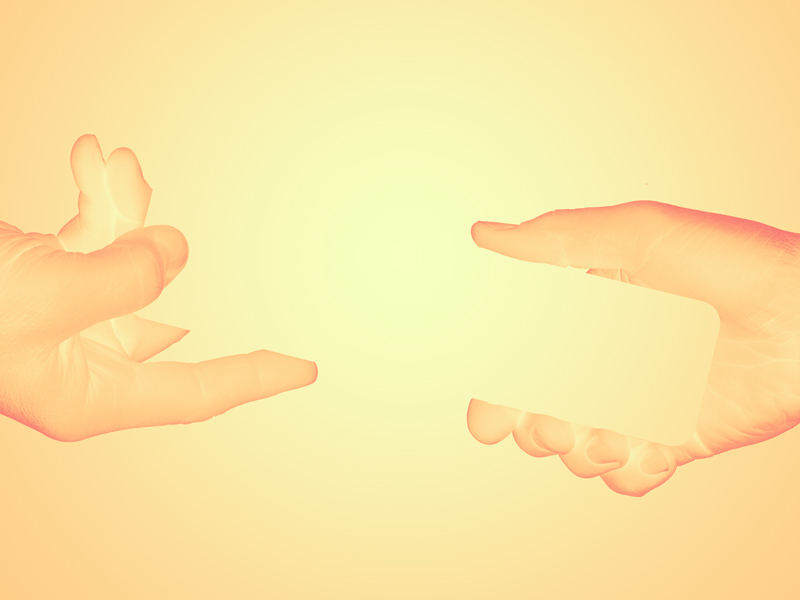Filming the Screen

For the fifth session of this season’s research colloquium we welcome Stefanie Bräuer on the topic of Filming the Screen: Mary Ellen Bute’s Cinematic Exploration of the Electronic Image:
Mary Ellen Bute (1906-1983) captured electronic images on 35mm film: Abstronic from 1952 features Lissajous curves as a result of filming the screen of an oscilloscope, which in engineering and physics serves as an instrument for measuring and testing. Bute set those curves to music by feeding the sound into the device as well as manipulating the resulting signal. The link between what is audible and what is visible therefore also happens on a level of connected apparatuses: the transversality of analog oscillations (sound to screen) and the synchronization between the oscilloscope and the frame-by-frame photo-chemical registration of the movie camera (screen to film).
Oscillography’s electronic imagery is derived from observational techniques in the sciences – the measurement of a value (e.g. frequency) plotted against time or against another value (e.g. another frequency). Pointing the movie camera at the oscilloscope screen, confronts the frequency-frequency-plot with the camera’s frequency of 24 frames per a second. The measurement is being observed, registered and measured; an operation is being applied to the result of this very operation. Does the notion of measuring as a recursive cultural technique help to describe the situation of connected apparatuses?
Siegert, Bernhard, “The map is the territory,” in Radical Philosophy, 169.2011, pp. 13–16.
Kassung, Christian and Thomas Macho, “Einleitung,” in Kulturtechniken der Synchronisation, edited by Christian Kassung and Thomas Macho, München: Fink, 2013, pp. 9–21.
Every-other Wednesday morning.
Fifth session
Wednesday, 18.11.2015
11.00 – 12.30
Critical Media Lab (D 3.05)
All are always welcome.
General information and schedule
Critical Media Lab Colloquium: Media Reflexivity
To get subscribed to the colloquium mailing list with reminders and materials for each session please contact Moritz Greiner-Petter




